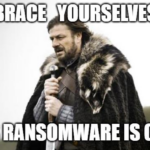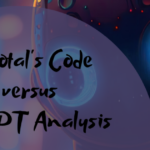No products in the cart.

This is a journey into clever and interesting ways to apply cryptographic DataFrames [1] for forensic/anti-forensic purposes using Python3. Introduction I really enjoy the study of digital forensics and Digital Forensics and Incident Response (DFIR) overall as it isn't always so cut and dry or black and white in what....
Author
Latest Articles
 NewOctober 3, 2023Hunting Hackers Using Autopsy on a macOS Image
NewOctober 3, 2023Hunting Hackers Using Autopsy on a macOS Image OfficialSeptember 26, 2023Hunting for macOS Ransomware Using VirusTotal Enterprise
OfficialSeptember 26, 2023Hunting for macOS Ransomware Using VirusTotal Enterprise OfficialSeptember 10, 2023VirusTotal’s Code Insight Versus ChatGPT Analysis
OfficialSeptember 10, 2023VirusTotal’s Code Insight Versus ChatGPT Analysis New EditionSeptember 1, 2023Forensic Fun with Cryptographic DataFrames using Python
New EditionSeptember 1, 2023Forensic Fun with Cryptographic DataFrames using Python
Subscribe
Login
0 Comments